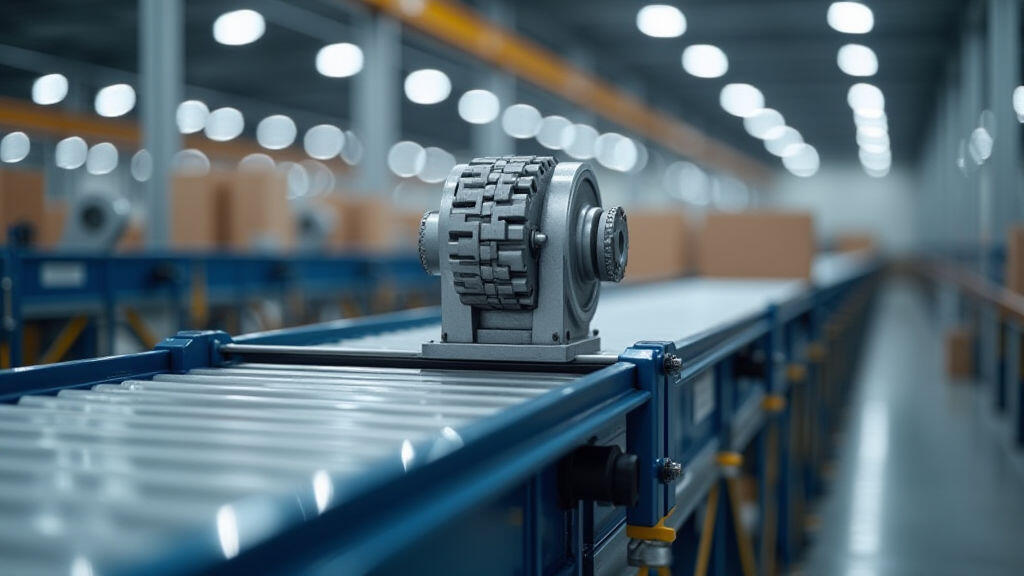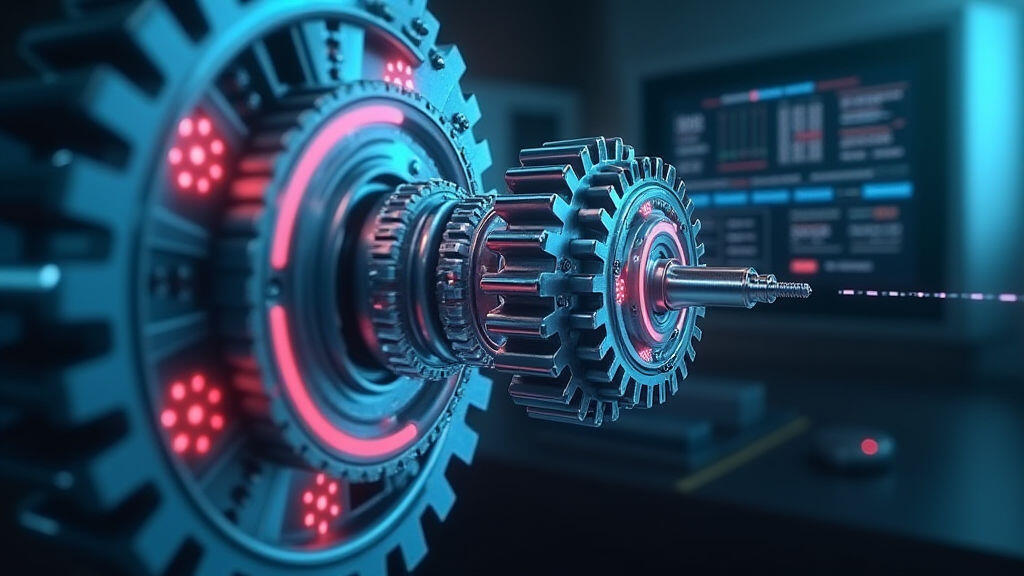Anjing Road, Xiaolan, Zhongshan, Guangdong, China
info@mes-drive.com
08.00 AM-09.00 PM

The global logistics and warehousing industry is undergoing a period of rapid transformation. Driven by e-commerce growth, increasing automation demands, and a relentless focus on efficiency, manufacturers of logistics equipment, particularly those producing conveyors and related systems, are under immense pressure. A critical component influencing the performance, reliability, and overall cost-effectiveness of these systems is the gear reducer. Consequently, there's a surging emphasis on optimizing gear reducer performance across the industry. This article delves into why this focus is intensifying, exploring the key drivers, challenges, and future trends shaping this crucial area of engineering.
The Growing Demand for Efficiency and Reliability
The rise of e-commerce has fundamentally altered the expectations of consumers and the operational demands of logistics providers. Faster delivery times, higher order volumes, and complex fulfillment processes necessitate highly efficient and reliable material handling systems. Conveyor systems are at the heart of these systems, responsible for moving goods seamlessly from receiving to shipping. Gear reducers, which are integral to these conveyors, translate the motor's rotational speed and torque into the required speed and power for the conveyed goods.
Poor gear reducer performance translates directly into system inefficiencies. This can manifest as reduced throughput, increased energy consumption, higher maintenance costs, and ultimately, decreased profitability. Downtime due to gear reducer failures significantly disrupts operations and negatively impacts customer satisfaction. Therefore, manufacturers are actively seeking ways to enhance gear reducer performance to meet these stringent demands.

Key Drivers for Performance Optimization
Several interconnected forces are driving this heightened focus on gear reducer optimization:
Energy Efficiency: Rising energy costs and increasing environmental awareness are major motivators. Gear reducers are significant energy consumers within conveyor systems. Optimizing their design, materials, and lubrication can lead to substantial energy savings. This not only improves the bottom line but also reduces the carbon footprint of logistics operations.
Reduced Maintenance Costs: Downtime translates directly into lost revenue and increased operational costs. Gear reducer maintenance is often costly and time-consuming. Performance optimization efforts focus on increasing the longevity of components, reducing wear and tear, and improving overall reliability. This includes exploring advanced materials, improved lubrication systems, and predictive maintenance strategies.
Increased Throughput: As demand for faster delivery increases, logistics companies are striving to maximize throughput. Gear reducers must be capable of delivering the necessary power and torque consistently to handle higher speeds and heavier loads without compromising reliability.
Noise Reduction: Warehouse environments are often characterized by high noise levels. Gear reducers can be a significant source of noise pollution. Manufacturers are actively developing quieter gear reducer designs to improve workplace conditions and comply with noise regulations.
Integration with Automation: Modern logistics systems are increasingly automated, incorporating robotics and intelligent control systems. Gear reducers need to be compatible with these advanced systems, providing precise control and seamless integration.
Challenges in Gear Reducer Performance
Despite the growing emphasis on optimization, several challenges remain:
Balancing Performance and Cost: Optimizing gear reducer performance often involves utilizing advanced materials and manufacturing techniques, which can increase costs. Manufacturers face the challenge of finding the right balance between performance improvements and affordability.
Complexity of Designs: Modern gear reducers are complex components with numerous design variables. Optimizing these designs requires sophisticated simulations, testing, and analysis.
Environmental Factors: Warehouses operate in diverse environments, varying in temperature, humidity, and dust levels. Gear reducers must be designed to withstand these environmental challenges to ensure reliable operation.
Standardization vs. Customization: While standardization offers cost benefits, some applications require customized gear reducer solutions to meet specific performance requirements. Finding the right balance between standardization and customization is a significant challenge.
Emerging Trends in Gear Reducer Optimization
Several emerging trends are shaping the future of gear reducer performance optimization:
Advanced Materials: The use of advanced materials like lightweight alloys, high-strength steels, and composite materials is enabling the development of more efficient and durable gear reducers. These materials reduce weight, improve strength, and enhance resistance to wear and corrosion.
Improved Lubrication Systems: Sophisticated lubrication systems, including oil filtration, viscosity control, and additive technologies, are extending the lifespan of gear reducers and reducing friction. These systems are crucial for minimizing wear and maintaining optimal performance.
Smart Sensors and Predictive Maintenance: Integrating sensors into gear reducers allows for real-time monitoring of key performance parameters, such as temperature, vibration, and oil pressure. This data can be used to predict potential failures and schedule maintenance proactively, minimizing downtime.
Finite Element Analysis (FEA) and Simulation: FEA is utilized to simulate gear reducer performance under various load conditions, allowing engineers to optimize designs and identify potential weaknesses before manufacturing. This reduces prototyping costs and accelerates development cycles.
Additive Manufacturing (3D Printing): Additive manufacturing is enabling the creation of complex gear reducer components with optimized geometries, leading to improved performance and reduced weight.

Conclusion: The Future is Optimized
The drive to optimize gear reducer performance within logistics and conveying applications is not merely a trend; it's a critical necessity. The pressures of e-commerce, the demands for efficiency, and the push for sustainability are compelling manufacturers to invest in advanced designs, materials, and technologies. From energy-efficient designs and reduced maintenance costs to increased throughput and predictive maintenance, the benefits of gear reducer optimization are substantial. As automation continues to reshape the logistics landscape, the role of highly efficient and reliable gear reducers will only grow in importance. Innovations in materials, sensors, and manufacturing processes will continue to drive improvements, paving the way for smarter, more efficient, and more sustainable logistics systems. Investing in gear reducer performance optimization is therefore a strategic imperative for manufacturers looking to thrive in the rapidly evolving world of logistics. The future of efficient material handling hinges on it.
Leave A Reply
Your email address will not be published. Required fiels are marked